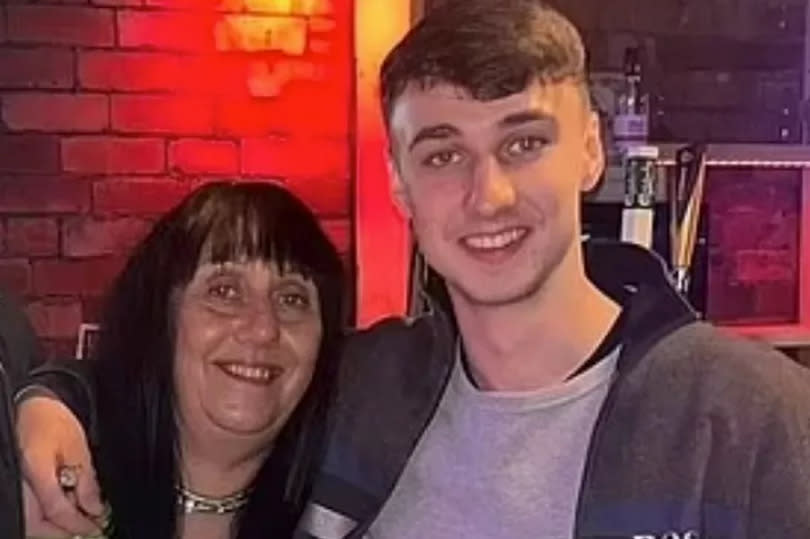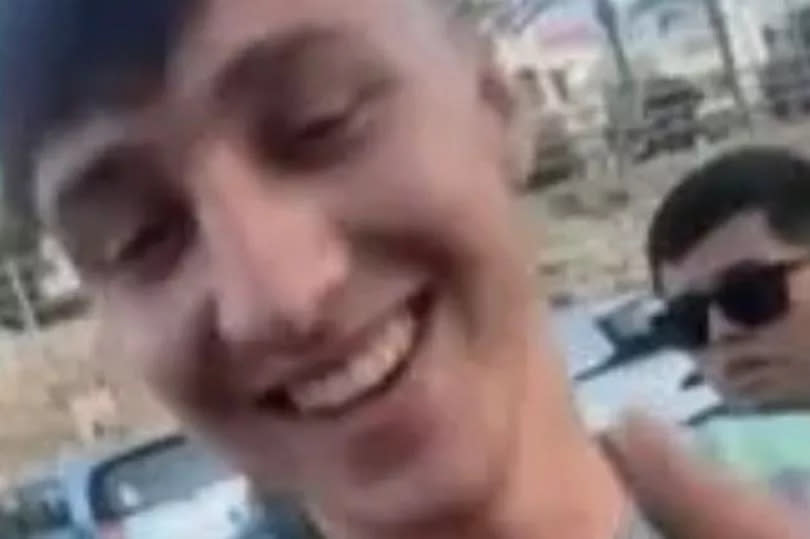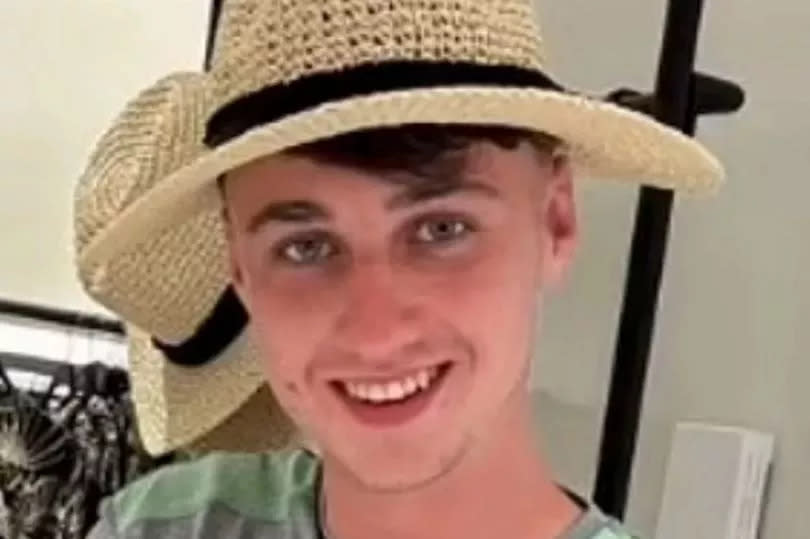Cops investigating missing Jay Slater rule out two Brits as key to investigation

The Spanish officer in charge of the mountain search for the missing Brit Jay Slater has stated that the two British men who accommodated him the night before his disappearance are "of no relevance" to their investigation.
Cipriano Martin, the leader of the Civil Guard's Greim mountain rescue team, made the comments as the hunt for the 19 year old intensified on its twelfth day with an extensive operation involving police, firefighters, and other mountain specialists, The Mirror reports.
In a statement, he said: "Those men have been spoken to and they don't have any relevance whatsoever for the case."
When questioned if Jay's relatives would join today's search efforts, he confirmed: "All week they've been participating because we've seen them and they've seen us in several places. They've been actively participating."
The current search effort, which commenced at the Hilda viewpoint near where Jay's mobile last signalled, is being carried out by approximately 30 professionals, including police, fire brigade, and mountain rescue teams, alongside six volunteers, reports the Mirror.
Covering a range of eight kilometres in one direction and four in another, Mr Martin explained: "The operation is going to consist of a search with the people that have come here today, in a thorough manner, because at the height we are, we need to progress by ruling out areas and make sure that the areas we search, with the work we have done this week, are looked at well and can be ruled out.

"And of course that's going to be done based on the information we have, and that information is his last-known position, the conservations he had the day he disappeared, and that's what makes us focus the search on that area."
Mr Martin was asked if all options are being considered and responded: "At the moment, yes. Until we know something we can't focus on any hypothesis and we work with several possibilities."
When asked which areas it will include, the officer shared: "Masca's been looked at, the Juan Lopez ravine, the Retamar ravine, Las Aneas ravine, Los Carrizales ravine, in all the areas we know he's been in because his mobile phone coverage is undeniable and places him there.
"But we have a difficulty which is that once the phone goes off the antennas stop picking it up, so that while he's walking, and we don't know how long he was walking for, no phone mast is going to detect it, and as the technicians tell us, they look for mobiles and not people, so we're at that point as well, that we have certain information and we have to go on that."
When asked if the main piece of evidence they have is the last known location of Jay's phone signal, he confirmed: "That's right. We can't come up with too many conjectures either. The clues are based on the information we have.
"Another of the things that leads us to consider that hypothesis is when he rings his friend Lucy and says he's cut himself on a cactus and he's worried because he doesn't know whether it's poisonous or not, and she tells him not to worry that it's not poisonous.
"But for that to happen you have to leave the road because you're not going to cut yourself on a cactus being on the road and he's had to go into the mountains obviously."
He also confirmed that on the day Jay disappeared, there was a sighting: "Yes, he was seen, the morning he disappeared, around 8.10am, he was seen very near the spot we're at now, heading up to the look-out point, and later his telephone places him here, and after that the phone location he shares places him here.
"We're going to widen our search in areas we've already looked out, taking advantage of the fact there's more people today and we can make a thorough search. We've got a drone as well, but what it's principally about is a search where one person is in sight of the other, so that we don't miss anything in-between.

"In a certain way we're going to see more than with the drone, because although the drone offers an aerial view, we're going to be seeing everything we've got beside us, and the instructions are that those searching don't lose sight of the other person so no areas will be missed out in the search."
When asked about specific areas posing unique challenges, Mr Martin responded: 'Yes, there are particular areas that are difficult and people searching obviously have been told not to take unnecessary risks but there's of course something that's very clear, which is that the areas we can't get into, Jay wouldn't have accessed either.
"You have to think logically. If I see I've got large cactuses and bramble in front of me and I'm going to hurt myself and I'm not going to get through, he wouldn't have done it either. It's common sense."
When questioned if these areas could lead directly to the sea, Mr Martin confirmed: "Yes, you can get directly to the sea.
"In fact last Saturday I did the whole path that goes down the Juan Lopez ravine because there are very old footpaths that are used very seldomly because they're not of much interest to sports enthusiasts, but you can reach the beach. I reached the beach.
"We didn't see anything, but it's a route that you do via a path not via the ravine. Following the ravine itself it's not practical because there are parts where you need a rope to lower yourself down and we know Jay is not going to do that because he's not equipped for it."
Join the Daily Record's WhatsApp community here and get the latest news sent straight to your messages.

 Yahoo News
Yahoo News 
